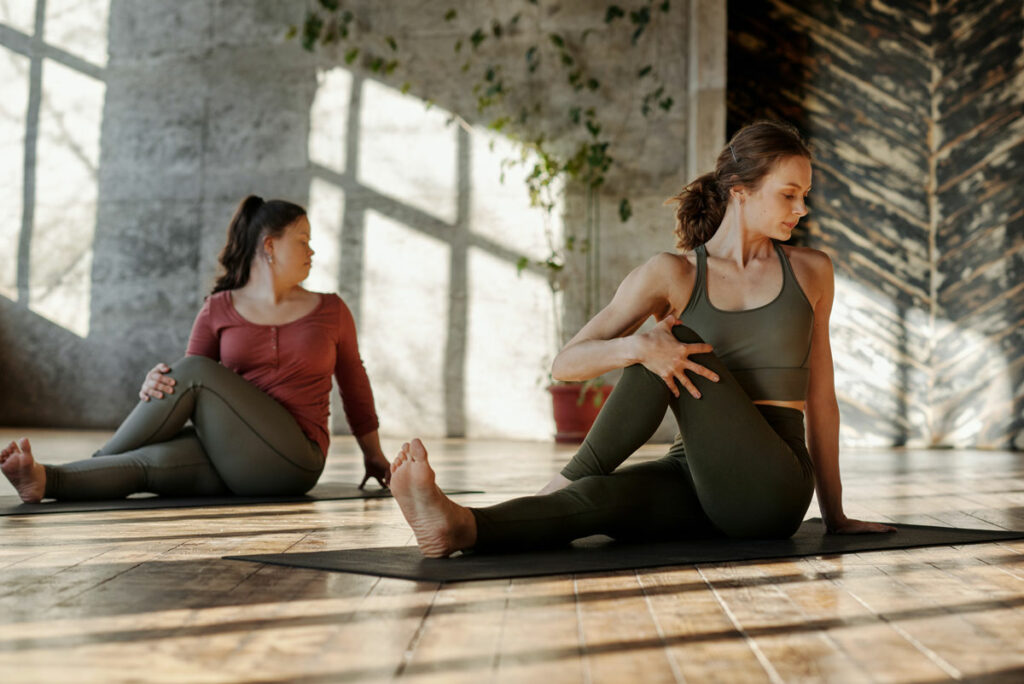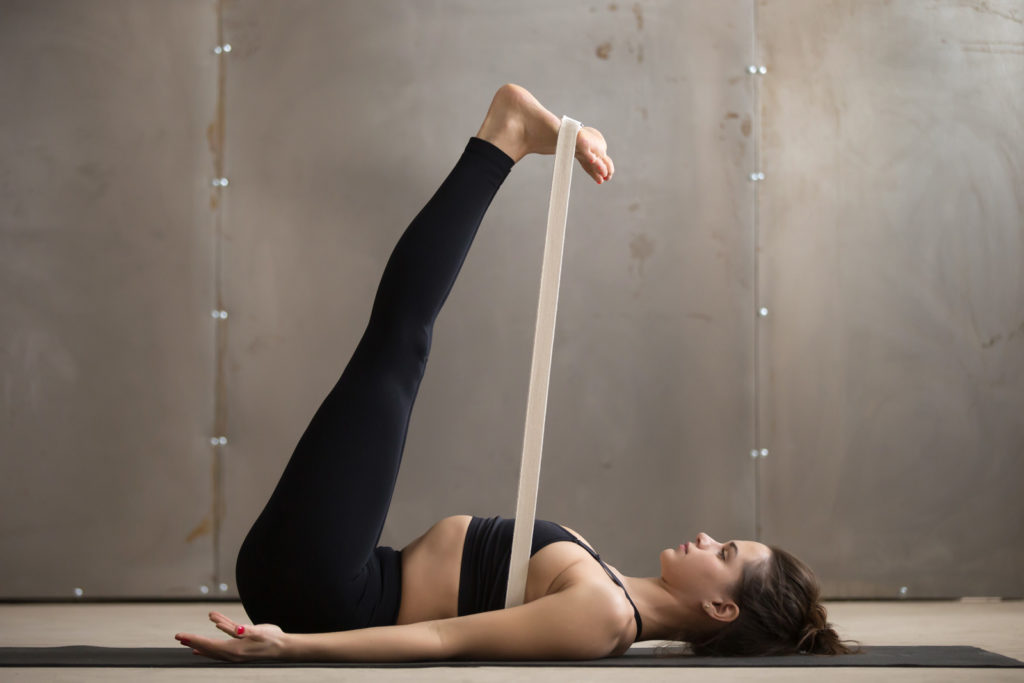Proprioceptive neuromuscular facilitation stretching is a common part of physical therapy and chiropractic service for its ability to improve physical strength and mobility.
Contact us today for:
Types Of PNF Stretching

There are three different types of PNF stretching:
- Contract-Relax Method (CR) — Involves contracting, holding, relaxing, and stretching the targeted muscle group.
- Agonist-Contract Method (AC) — Static or dynamic contraction of the opposed muscle group before stretching the intended muscles, which is then followed by a static or dynamic stretch. In this case, static stretching is when you hold a muscle in an extended position for a period of time; dynamic stretching involves an active movement to bring joints and muscles through a full range of motion.
- Contract-Relax-Agonist-Contract Method (CRAC) — A combination of the prior two exercises. It is sometimes called the “hold-relax-agonist-contraction” method.
The PNF stretching method was originally developed as a rehabilitation technique for patients with neurological impairments. However, research has shown that this type of stretching can be beneficial for those suffering from auto accident and related injuries.
Benefits Of PNF
There are several benefits of PNF stretching, including:
- Increased range of motion
- Improved flexibility and strength
- Enhanced coordination between muscles
- Improved balance and posture
- Reduced risk of injury
Additionally, PNF stretching can help to improve your overall performance in activities that require flexibility and range of motion.
How To Do PNF Stretching At Home

Here is a step-by-step guide on how to do PNF stretching:
- Find a partner who will help you with the PNF stretches.
- Choose the muscle group that you want to stretch.
- Perform the chosen stretch for 10 seconds.
- Have your partner apply resistance to the stretch for 10 seconds.
- Relax the muscle for 20 seconds.
- Repeat steps 3 to 5 three times.
- Perform the chosen stretch again without resistance from your partner.
- Repeat steps 1 to 7 for other muscle groups that you want to stretch.
PNF stretch is a great way to improve your range of motion and flexibility. It is important to find a partner who is able to help you with the stretches and relax the muscle groups that you are stretching. If you have any questions about PNF stretching, please consult a doctor or physical therapist.
Are There Risks Of PNF Stretching?
As with any physical therapy exercise, there is always a small risk of injury when performing PNF stretching. However, this risk is greatly reduced when the stretches are performed correctly and with proper guidance from a qualified health professional. If you have any concerns about your safety while performing these stretches, please consult a doctor or physical therapist.
The Role Of PNF Stretching At Injury Centers Of Brevard
As one of the top chiropractic centers in Brevard County helping many people who have been involved in auto accidents, slip and fall incidents, and workers’ compensation cases, Injury Centers of Brevard often implements PNF stretching as part of a patient’s rehabilitation.
As part of your individualized treatment plan, we may recommend and implement this practice alongside manual adjustments, core strengthening, and other PT services to help you recover as quickly as possible and get you back to living your life fully.

